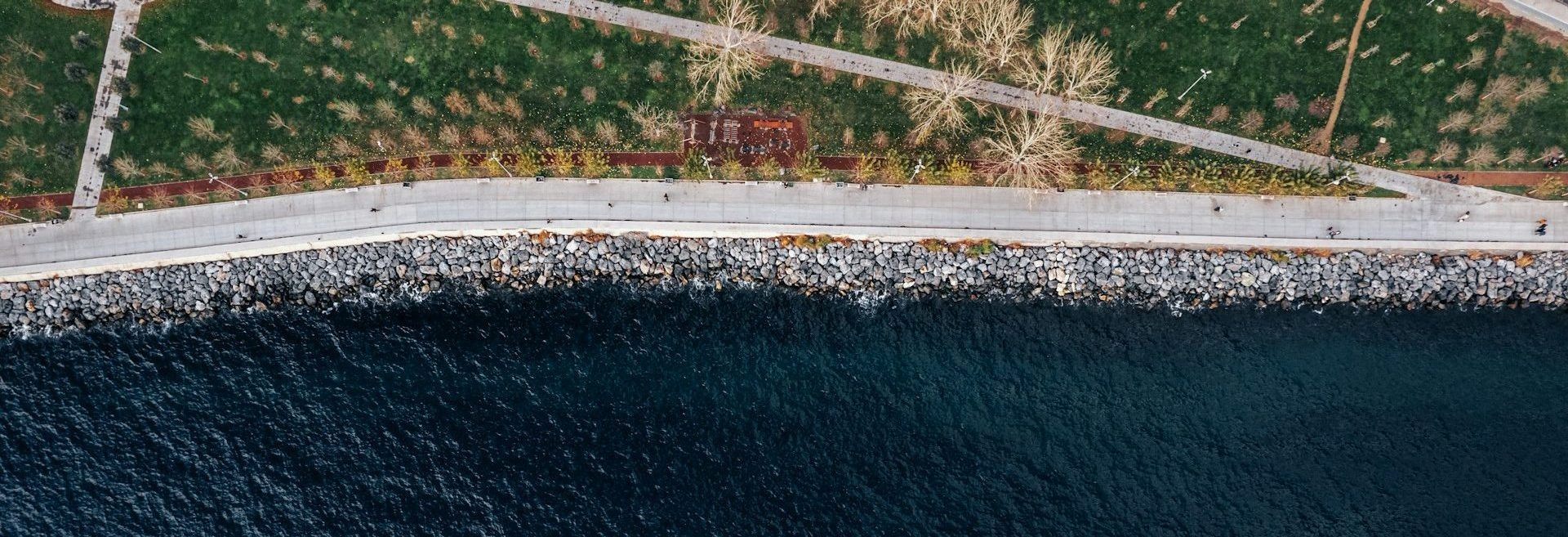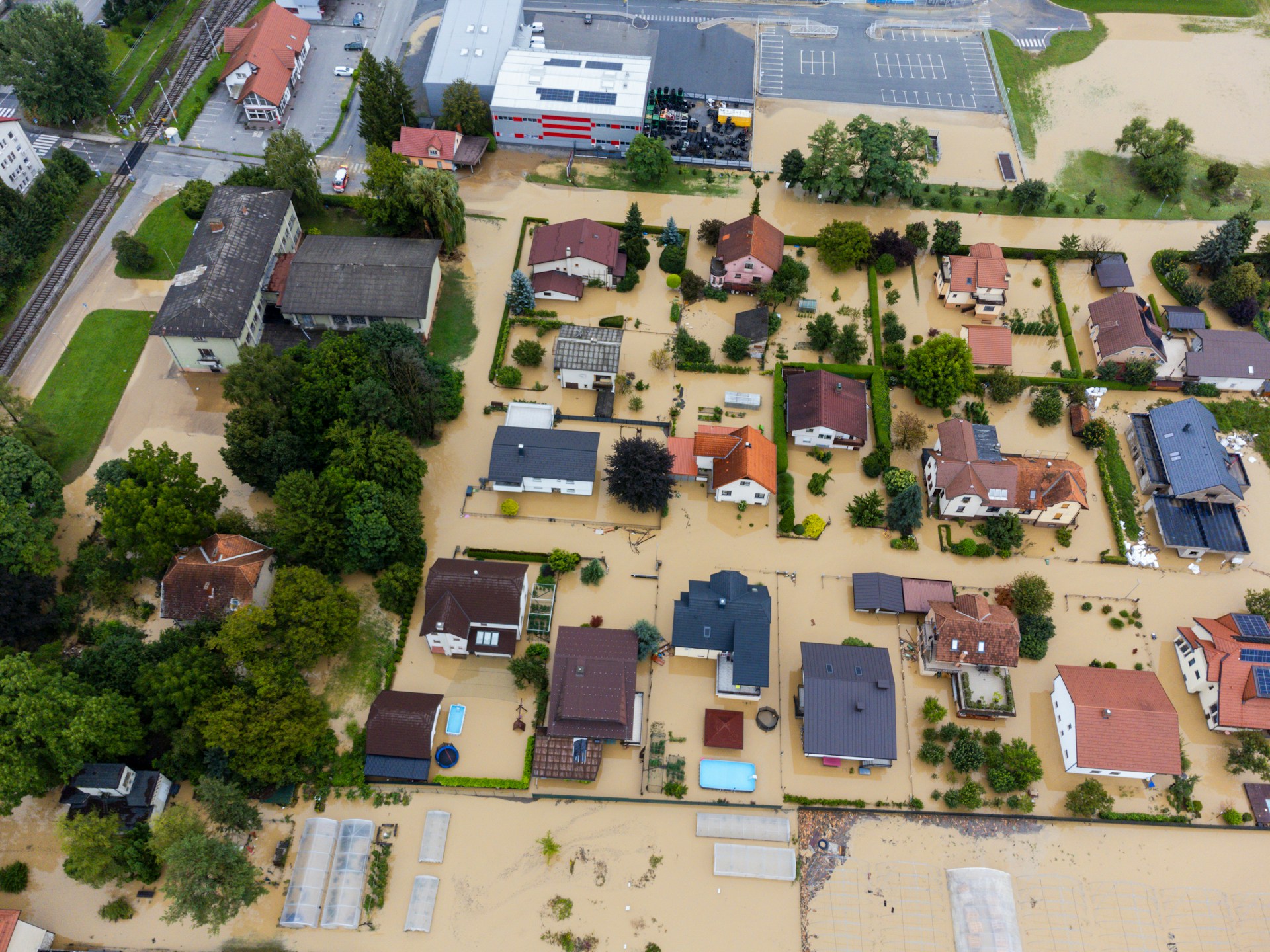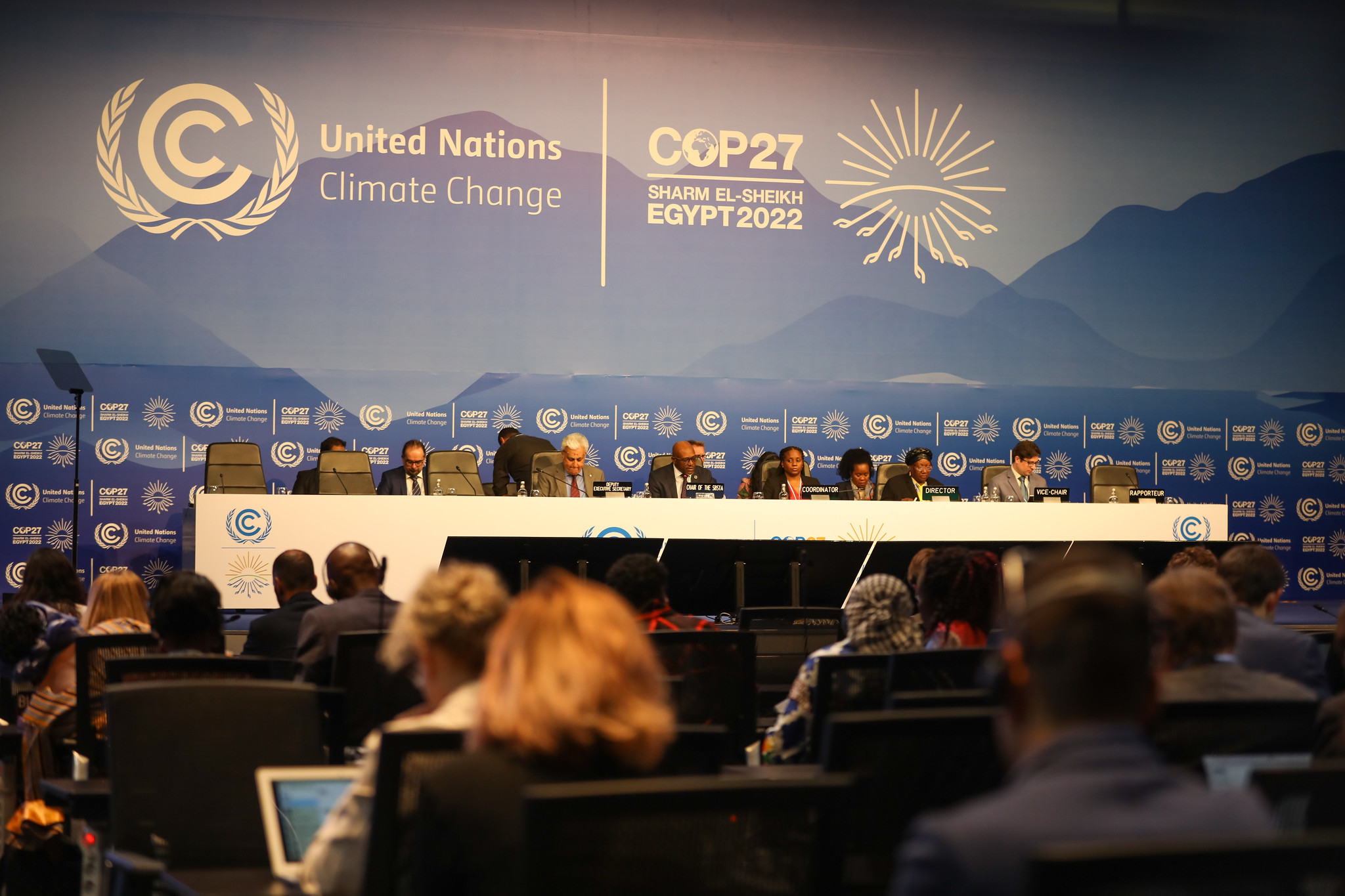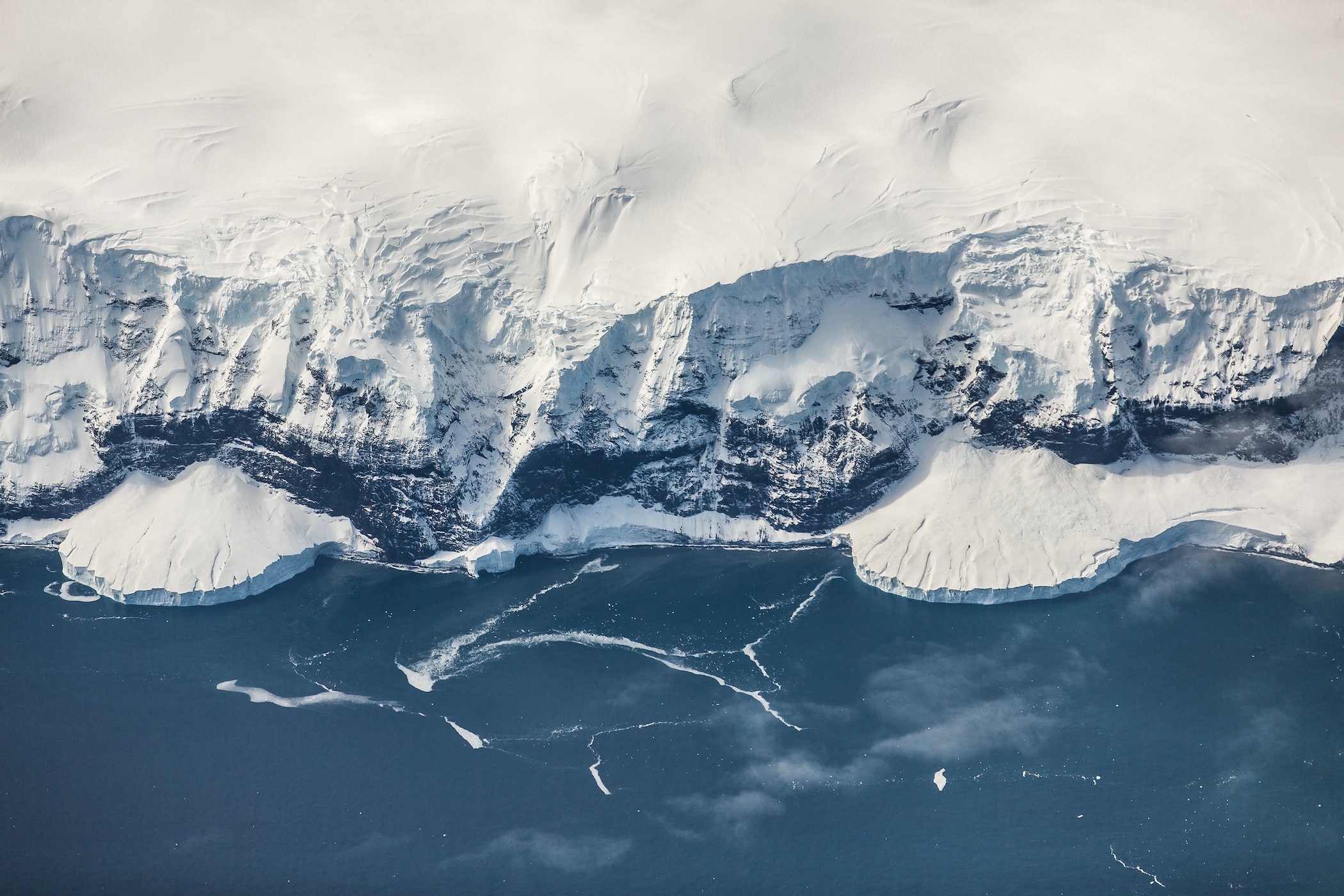The changes affecting the Mediterranean region run deep, particularly when it comes to marine heatwaves, which have increased in frequency, duration, and intensity, contributing to sea surface temperatures rising about 0.4°C per decade since the 1980s, a rate that outpaces the global ocean average.
Perhaps even more alarmingly, Mediterranean sea surface temperatures in June reached their highest levels ever recorded, with spikes exceeding 4°C around the French and Spanish coasts. These extreme events are no longer an exception, but part of an alarming trend that has led to numerous events including the record-breaking marine heatwave of 2022 that had significant repercussions on both marine ecosystems and coastal communities.
“The sea surface temperature anomalies in the Mediterranean Sea, calculated with respect to the 1985–1999 average, show a progressive increase in the month of June, especially in recent years,” says Emanuela Clementi, director of the research on regional ocean forecasting systems at CMCC. “In particular, this year the sea surface temperature in June was almost everywhere above the average, especially in the western basin, where some areas recorded anomalies of up to +5 °C compared to the climatic reference period.”
Caption: Sea surface temperature anomalies in the Mediterranean Sea for the month of June, from 1985 to 2025, calculated relative to the 1985–1999 average. The animation shows a progressive increase over the years, with sea surface temperatures in June increasingly above average across most of the basin. Data and visualization by CMCC.
In this context of rapid and escalating change, the scientific community plays a crucial role. From the study of heatwaves and their link to other extreme events such as wildfires to the role of modelling and forecasting in disaster risk prevention and adaptation, CMCC has established itself as a leader in unpacking and predicting the impacts of climate change in the region, bringing direct and tangible benefits to coastal communities.
“The data is saying what we have felt on our skin for the past few summers,” says CMCC researcher Giulia Bonino, whose recent CMCC webinar centered on unraveling the challenges associated with studying these extreme events. “Since the early 1980s, the Mediterranean Sea has been warming at approximately 0.4°C per decade, which is faster than the global ocean average. This warming is leading to more frequent and severe marine heatwaves, especially in the last 20 years.”
Unraveling the Challenges of Marine Heatwaves in the Mediterranean Sea
Bonino’s research is part of CMCC effort to investigate the increased frequency and intensity of marine heatwaves in the Mediterranean Sea, as well as the challenges associated with understanding their underlying drivers, forecasting their future occurrences, and assessing their impacts.
More than just a forecast
As the Mediterranean Sea faces more frequent and intense climate extremes, the ability to anticipate and respond to these events has become a matter of survival for coastal communities. For this reason effective forecasting systems, such as CMCC’s Mediterranean Forecasting and Analysis System (MedFS), are a vital resource.
During the record-breaking marine heatwave of summer 2022, MedFS helped provide early warnings and detailed tracking of sea surface temperature anomalies across the basin, including in economically critical areas like the Ligurian Sea and Gulf of Taranto. These forecasts enabled fisheries, aquaculture operators, and local governments to prepare and respond, limiting ecological damage and economic losses.
By providing up-to-date forecasts and analyses of the sea’s conditions, MedFS helps not only anticipate events like marine heatwaves, but also sudden storms, Medicanes and intense currents – phenomena that can have sweeping impacts on a wide range of activities including fisheries, tourism, shipping safety and coastal infrastructures. Through timely and accurate monitoring and forecasting, decision-makers gain access to reliable information that can guide their responses, whether this be preparing for a potential heatwave that could stress marine ecosystems, or managing risks linked to extreme weather and maritime operations.
MedFS has also proven to be effective in analyzing and reconstructing past extreme events, such as the “acqua alta” flooding in Venice, Medicane Ianos, and Storm Gloria. By offering detailed reconstructions of these events, the system enables researchers and policymakers to better understand the conditions that led to them, improving future risk assessments and response planning.
Machine learning and artificial intelligence: A new frontier
Machine learning (ML) and artificial intelligence (AI) are also changing the way we address research in the field of marine forecasting and predictions. Acting in a way that complements traditional numerical models they can help provide more accurate risk assessments and earlier warnings.
CMCC researchers have demonstrated that ML techniques can effectively predict sea surface temperatures and the occurrence of marine heatwaves, offering results that are comparable to traditional dynamical models but with faster processing times and lower computational costs.
These advances are particularly valuable in a region as dynamic and vulnerable as the Mediterranean, where timely and precise forecasts can inform everything from marine ecosystem management to disaster preparedness. Beyond ocean temperatures, AI-driven models are also being applied to simulate the fate of oil spills, optimize decadal precipitation predictions, and assess the impacts of climate change on freshwater resources.
A recent CMCC-led study has identified the most vulnerable areas of the Mediterranean basin to oil spills using marine circulation models. These areas include the Strait of Sicily, the northern Adriatic, and the eastern part of the basin as they are at the greatest risk of environmental impacts.
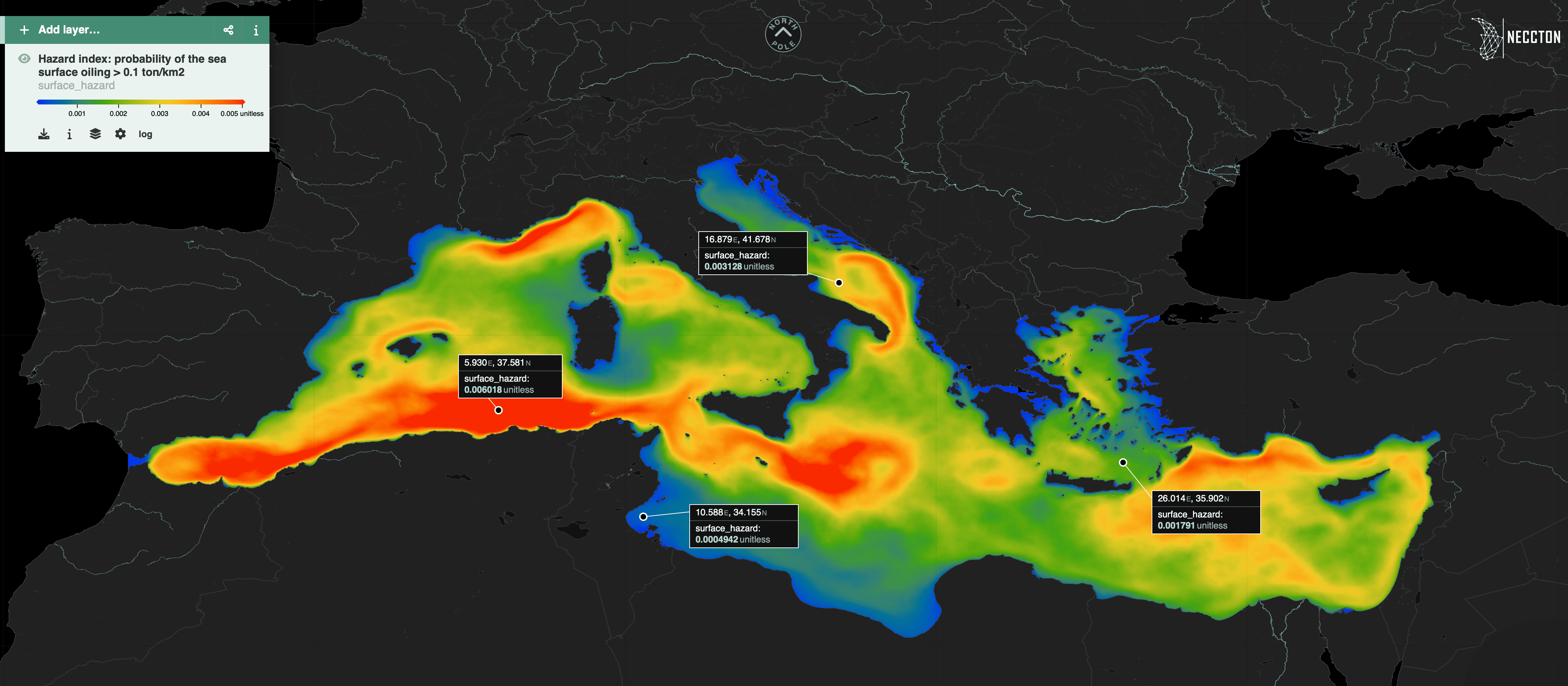
“The question is not if there will be an oil spill in the Mediterranean Sea, but rather, how severe the consequences will be,” says Svitlana Liubartseva, CMCC researcher and the study’s lead author. “Our research shows that, even without knowing when and where the next major oil spill will occur, we can predict which areas of the Mediterranean Sea will be more or less affected. We can also inform relevant authorities about the time of arrival of the oil and the percentage that will be deposited on the beach so that they can develop damage mitigation strategies.”
The use of AI models also helps forecasting systems deal with a wide range of concurrent conditions, which is also crucial in the maritime sector and supports safe navigation and operational planning by providing up-to-date information on sea conditions, currents, and waves. This has proven to be a game changer not only in the mitigation of risks related to navigation, but also in broader efforts to decarbonise maritime transport – which is currently responsible for around 2% of energy related CO2 emissions – through effective ship weather routing, which involves suggesting low-emission routes.
Biodiversity at risk: Heatwaves and megafires
Heatwaves are increasingly linked to megafires in southern Mediterranean Europe, with research showing that extreme heat is a key driver of large-scale, high-intensity wildfires – which have the power to destroy forests, degrade habitats, and threaten ecosystem services which are vital not only to biodiversity but also human activities such as agriculture and tourism.
The new CMCC led study, “The growing link between heatwaves and megafires: evidence from southern Mediterranean countries of Europe”, demonstrates that as heatwaves become more frequent, prolonged, and intense the risk and severity of megafires increases in countries such as Italy, Spain, and Greece. In the study, past fires were shown to have often been triggered by periods of record-breaking heat, when dry conditions and high temperatures combined to create ideal circumstances for large-scale blazes. A pattern that is by no means an isolated phenomenon but rather part of a broader trend characterized by a new era of climate extremes, with heatwaves and wildfires increasingly overlapping and amplifying each other’s impacts.
By developing high-resolution climate models, improving early warning and forecasting systems, and applying advanced techniques like machine learning to better predict the occurrence and impacts of heatwaves and related hazards, research can help policymakers, emergency services, and communities in the Mediterranean area acquire the knowledge needed to adapt and build resilience in the face of a rapidly changing climate.

